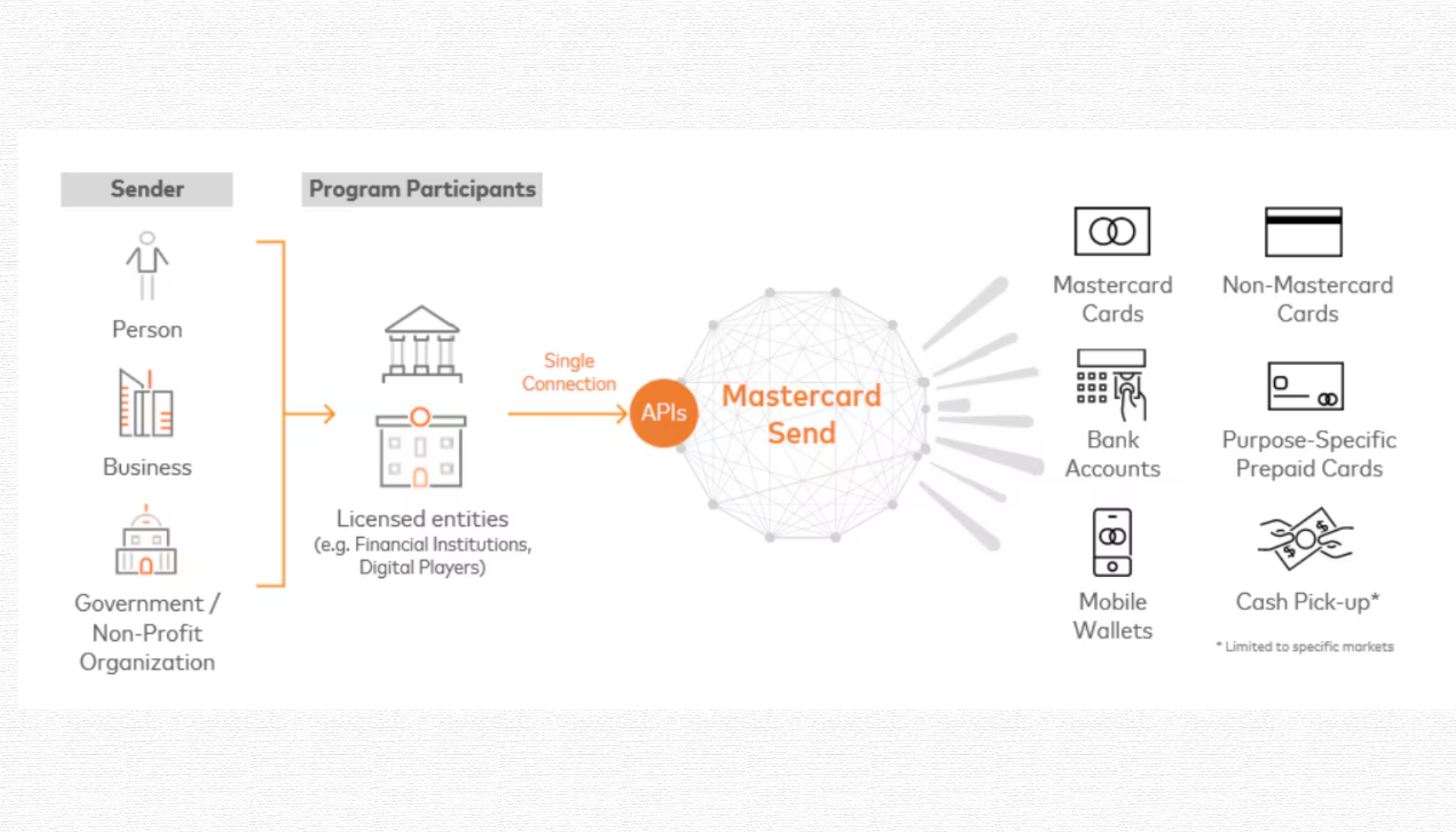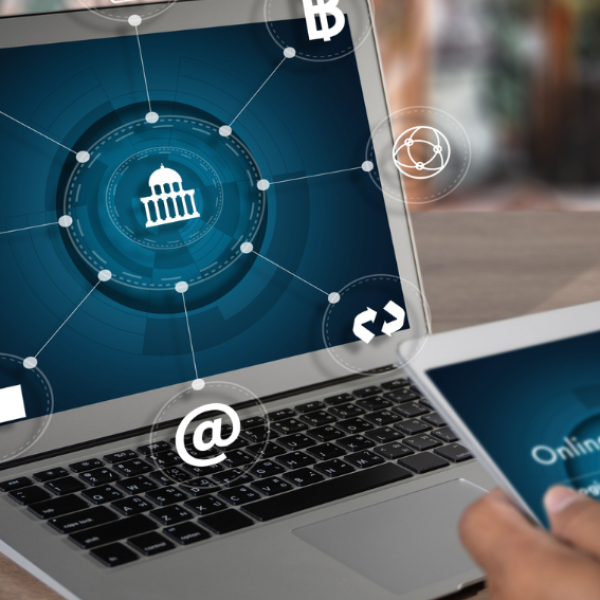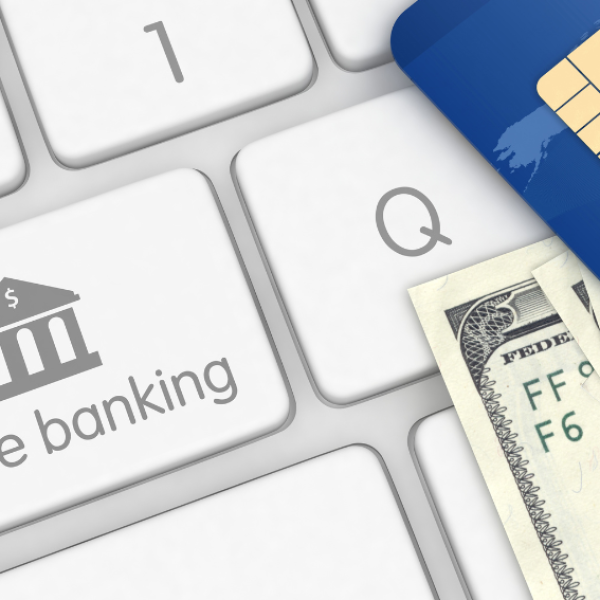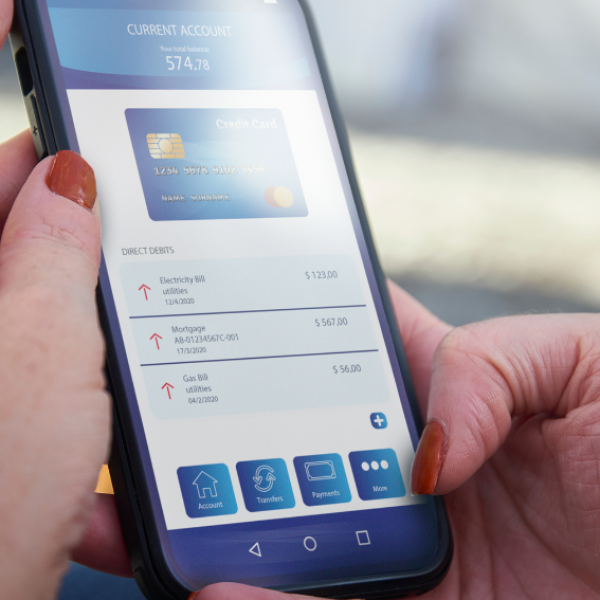Shopping is a crucial activity that we all engage in at some point in our lives. It is essential to procure the necessities of life, such as food, clothing, and household items. Regardless of your personal feelings towards shopping, you must prioritize it. Thankfully, plenty of options are available to you regarding where, when, and how to shop.
E-commerce is growing faster than any other retail sector, but brick-and-mortar stores still need to be made available. Each shopping experience offers a unique value proposition for customers.
In 2023, e-commerce accounted for 22% of total retail sales, with the remainder coming from brick-and-mortar stores. Business owners who understand the strengths and limitations of each channel can create a strategy that aligns with consumers’ needs.
In This Article
ToggleWhat Is In-Store Shopping?
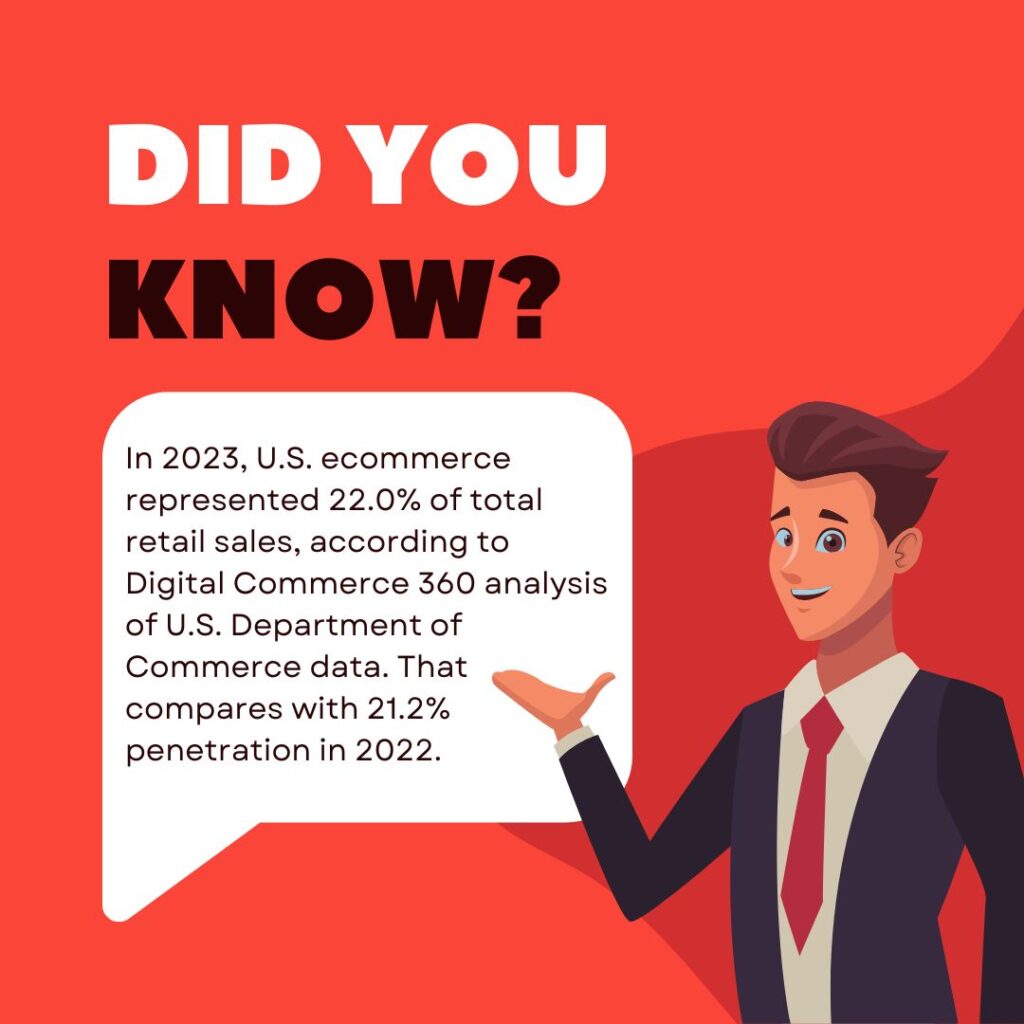
When we mention “in-store shopping,” we’re referring to the traditional brick-and-mortar retail experience, where shoppers visit a physical store to evaluate, choose, and purchase goods or services.
In-store shopping provides businesses with a unique opportunity to connect with their customers on a personal level. The human touch of knowledgeable and friendly staff helps create a memorable experience. Despite the growing trend of digital-first shopping, consumers still crave connection. Many shoppers seek opportunities for community and engagement. This personal interaction enables businesses to engage with customers, answer questions, and provide recommendations, fostering a sense of trust, belonging, and loyalty.
Payments are typically made through card-present transactions, where a physical payment card or other methods like cash and checks are presented and processed on-site. Buyers then receive a tangible receipt as proof of their purchase.
Shoppers prefer in-store shopping for its immediacy. Additional reasons include:
- Shoppers appreciate being able to try on or test products in-store.
- In-store shopping helps avoid shipping fees.
- In-store shopping allows customers to assess products in person, potentially minimizing returns.
- Shoppers can engage in face-to-face conversations, share experiences, and seek recommendations from others.
- Customers can receive more detailed advice and input on specific products from in-person staff.
- Consumers enjoy the physical shopping experience and the ambiance of the store.
Pros and Cons of In-Store Shopping

Pros
- In-store shopping allows customers to touch, try on, and physically inspect products, which can lead to more confident purchasing decisions, especially for items like clothing or produce.
- Customers can immediately take their purchases home without waiting for delivery, avoiding potential delays.
- In-store shopping offers opportunities for face-to-face interaction with sales staff and other customers, making it a social experience.
- Returning items bought in-store is often easier and quicker, avoiding the hassle of mailing products back and waiting for a refund.
Cons
- Visiting physical stores can take a lot of time, especially when considering travel, browsing, and waiting in lines.
- Physical stores can be crowded, leading to an uncomfortable shopping experience, especially during peak times.
- Physical stores may have limited stock and choices compared to online options, which can restrict customer choices.
What Is Online Shopping?
Online shopping, or e-shopping, involves searching for and purchasing goods and services over the Internet through a web browser. The main appeal of online shopping lies in its convenience: consumers can find and order the items they need, which are then shipped directly to their doorstep, all without leaving their homes. Nearly anything can now be bought online, leading to billions of dollars in annual sales.
Most retail stores maintain a website (online store) where customers can make purchases, either for delivery to their homes or for pickup at a nearby store location. Retail giants such as Amazon, Best Buy, Walmart, and Sears offer this type of shopping experience. This shopping method relies on keyed-in transactions, where the buyer provides payment details remotely without physically presenting a card, and receives a digital receipt for the transaction.
Customers enjoy browsing online for a variety of reasons, including:
- They can shop from home at any time, avoiding travel and parking hassles.
- They can skip the rush to beat closing hours at physical stores.
- They can easily compare prices between different online retailers.
- Online stores often offer a broader selection of products than physical stores.
- Online shopping often provides discounts, free delivery, and return policies.
- They can read reviews from other customers before making a purchase.
- They can shop at their own pace, free from sales pressure.
Pros and Cons of Online Shopping
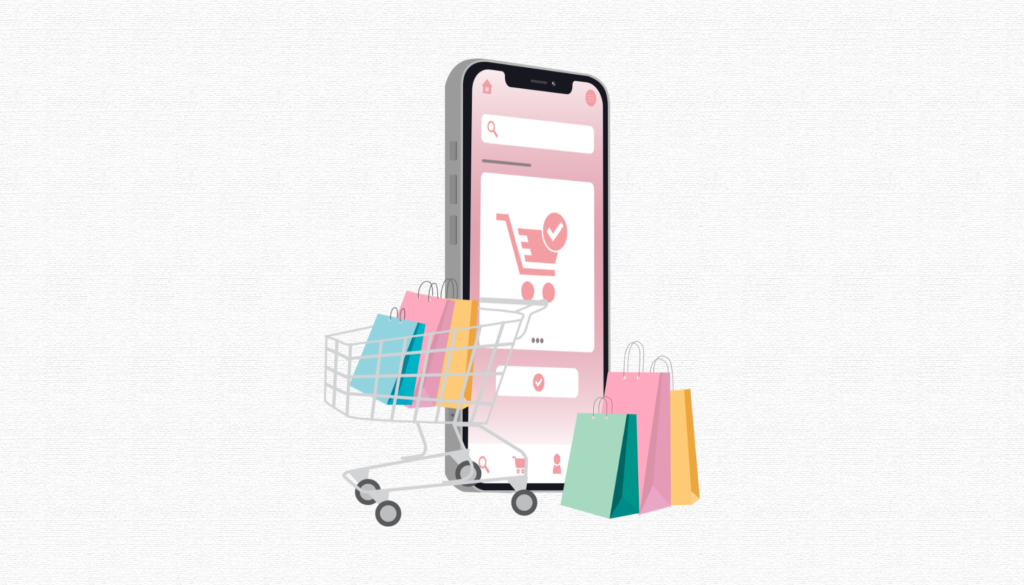
Pros
- Online shopping allows customers to shop from anywhere, anywhere, making it easy to fit into a busy schedule.
- The online market offers a broader range of products, and customers can easily compare prices and find discounts.
- Online shopping can be completed quickly, avoiding traveling and waiting in line.
Cons
- Products bought online often require shipping, leading to delays and additional costs.
- Online shopping cannot physically inspect products, making returns and exchanges potentially more complicated.
- Online shopping carries the risk of fraud, as customers need to enter their payment details online.
In-Store Shopping Vs. Online Shopping: Key Statistics
Consumer behavior demonstrates a dynamic split between in-store and online shopping. A recent study shows that 40% of consumers make an in-store purchase at least once a week, while 27% shop online with the same frequency. This pattern reflects both generational preferences and overall trends in retail.
For example, 67% of millennials prefer online shopping, compared to 72% of seniors who favor in-store shopping. In the United States, 52% of Gen Z shoppers prefer online shopping, while 48% opt for in-store experiences.
Currently, 20% of all retail sales occur online, with the remaining 80% happening in physical stores. Despite the apparent dominance of brick-and-mortar retail, growth rates tell a different story: physical stores are growing at 18.5%, while e-commerce expands at a slightly slower rate of 14.2%.
Notably, 81% of retail shoppers conduct online research before making a purchase. This digital influence extends to holiday shopping habits, where 42% of shoppers research and buy online, and 23% head directly to stores.
These statistics demonstrate the evolving shopping dynamics between in-store and online shopping, reflecting changing consumer preferences and behaviors across different demographics.
Choosing Between an Online Store and a Physical Store: Which is Better?
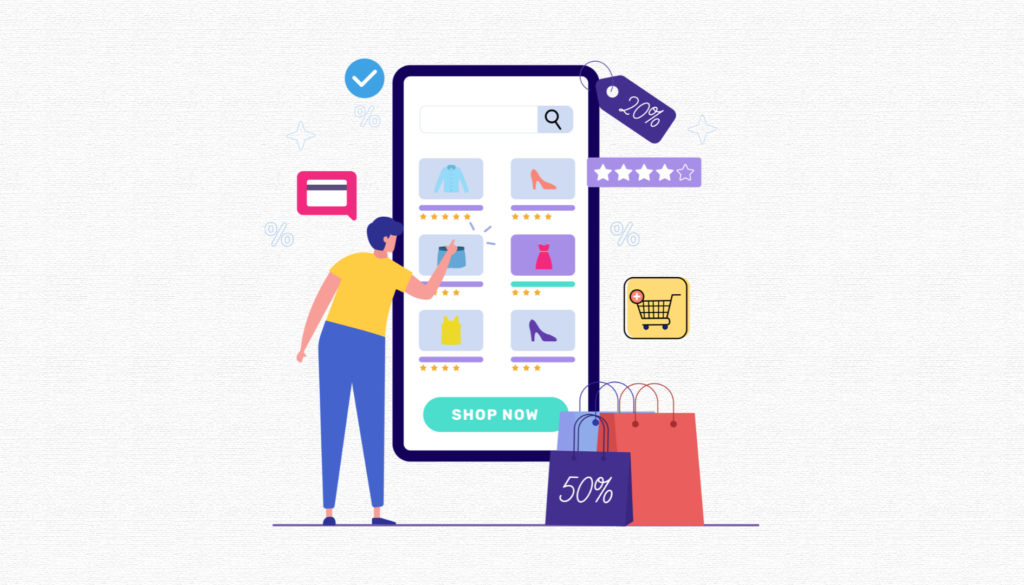
The choice between an online store and a physical store hinges on several factors, including your target audience, the nature of your products or services, and your overall business goals. Evaluating the advantages and disadvantages of each option is crucial for making an informed decision.
Online stores offer global reach, cost savings, convenience, and scalability, making them ideal for businesses targeting a wide audience, selling digital products, or seeking flexibility with lower operational costs.
Physical stores provide personalized experiences, immediate assistance, and a tangible atmosphere, making them perfect for businesses focusing on local communities, delivering unique in-person experiences, or selling products that customers prefer to see and touch before purchasing.
How Shopping Channels Will Change in 2024
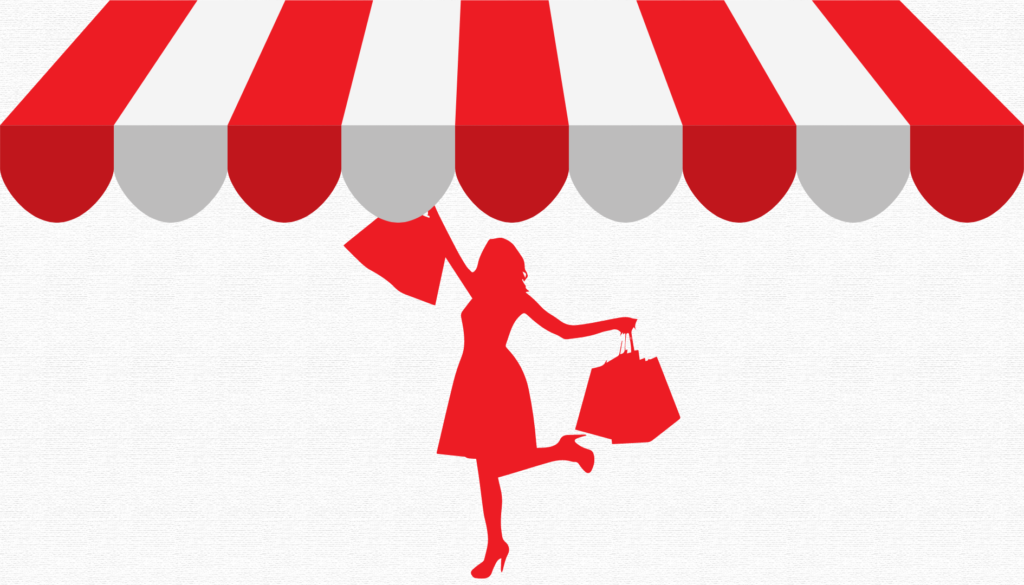
Shopping channels are evolving rapidly in 2024, driven by technological advancements and changing consumer preferences. Key trends shaping this evolution include:
- Omnichannel Experiences: The convergence of physical and digital retail is gaining momentum, with companies seamlessly integrating experiences across various platforms. This includes initiatives like smaller retail stores acting as distribution centers for online orders and digital marketing campaigns transitioning customers between online and offline channels.
- Sustainability: Environmental consciousness is shaping purchasing decisions. Brands incorporating sustainable practices, from packaging to operations, are gaining customer loyalty, reflected in 5.8 times faster growth for climate-focused stores.
- Mobile Commerce: Mobile-first design is now a priority, with 91% of consumers making online smartphone purchases. Mobile commerce is poised to account for a significant portion of e-commerce sales.
- AR and VR Shopping: Augmented and virtual reality transform online shopping experiences. Brands like Shopify and IKEA are leveraging AR to bridge the gap between digital and physical shopping and provide immersive experiences.
- Automation: Automation is increasingly central to e-commerce, from marketing to supply chain management. This enhances efficiency, freeing up resources for more impactful tasks.
- Customer Engagement: Personalization, seamless shopping journeys, and new experiences like live-stream commerce enhance customer engagement.
These trends indicate that shopping channels are adapting to technological innovations and shifting consumer behaviors, setting the stage for an increasingly integrated and engaging retail landscape.
Conclusion
The debate between in-store shopping and online shopping continues to evolve, reflecting the diverse preferences and needs of consumers. While e-commerce has surged in recent years, brick-and-mortar stores maintain their relevance, offering personalized experiences and human interaction that many shoppers still value. Understanding the strengths and limitations of each channel is vital for businesses to tailor their strategies and meet consumer expectations effectively.
As we move forward into 2024, trends such as omnichannel experiences, sustainability, mobile commerce, AR and VR shopping, and automation are reshaping the retail landscape. By embracing these changes and prioritizing customer engagement, businesses can stay competitive and provide exceptional shopping experiences across both online and offline platforms.
Frequently Asked Questions
-
What are the main advantages and disadvantages of in-store shopping versus online shopping?
In-store shopping offers product inspection, immediate acquisition, and personal interaction, but it has limited stock and can be time-consuming. Online shopping provides convenience, a wide product range, and easy price comparison, but may have shipping delays and lacks physical inspection.
-
How are customer preferences changing between in-store and online shopping?
In-store shopping remains popular for immediate access and personal interaction, while e-commerce grows rapidly, offering convenience and variety. Younger generations tend to favor online shopping.
-
What trends are influencing the shift between in-store and online shopping?
Technological advancements like AR and VR enhance online shopping experiences. Omnichannel strategies blend online and offline channels, sustainability influences choices, and mobile commerce gains traction.
-
How can businesses cater to both in-store and online shopping preferences effectively?
Implement omnichannel strategies for seamless experiences, integrating online and offline interactions. Utilize smaller stores as distribution centers, transition customers across channels with digital marketing, and personalize experiences with customer engagement tools.


